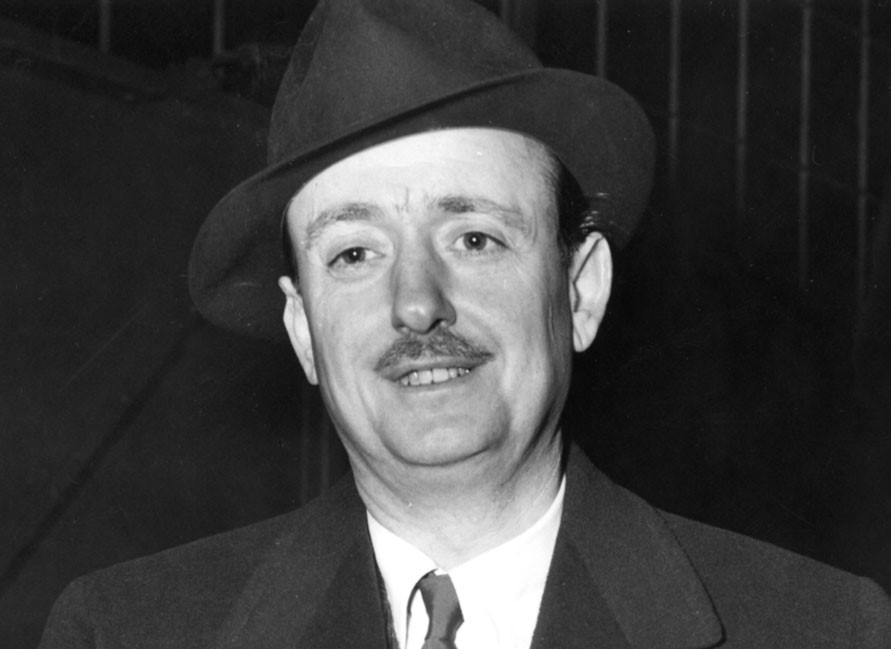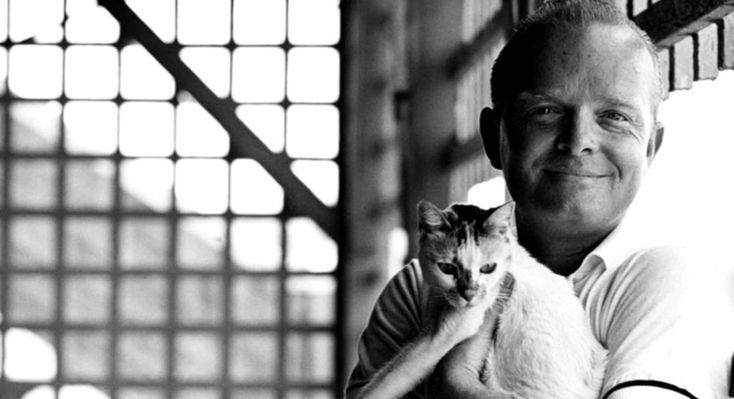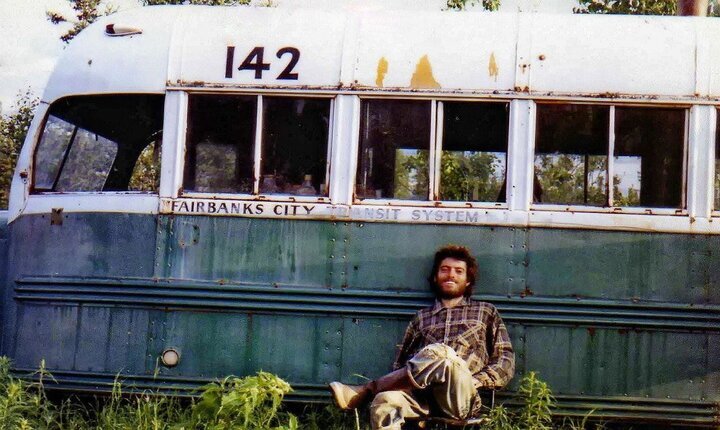Общественное животное: введение в социальную психологию - Эллиот Аронсон
Книгу Общественное животное: введение в социальную психологию - Эллиот Аронсон читаем онлайн бесплатно полную версию! Чтобы начать читать не надо регистрации. Напомним, что читать онлайн вы можете не только на компьютере, но и на андроид (Android), iPhone и iPad. Приятного чтения!
Шрифт:
Интервал:
Закладка:
Deutsch, M., & Collins, M. (1951). Interracial housing: A psychological evaluation of a social experiment. Minneapolis: University of Minnesota Press. См. также: Wilner, D., Walkley. R., & Cook, S. (1955). Human relations in interracial housing. Minneapolis: University of Minnesota Press.
477
Brehm, J. (1959). Increasing cognitive dissonance by a fait accompli. Journal of Abnormal and Social Psychology, 58, 379–382.
478
Darley, D., & Berscheid, E. (1967). Increased liking as a result of the anticipation of personal contact. Human relations, 20, 29–40.
479
National Opinion Research Center (1980). General social surveys, 1972–1980: Cumulative codebook. Storrs, CT: Roper Public Opinion Research Center, University of Connecticut.
480
Pettigrew, T.F. (1961). Social psychology and desegregation research. American Psychologist, 16,105–112.
481
Clark, К.В. (1953). Desegregation: An appraisal of the evidence. Journal of Social Issues, 9, No. 4.
482
Stouffer, S., Suchman, E., DeVinney, L., Star, S., & Williams, R., Jr. (1949). The American soldier: Adjustment during army life. In Studies in social psychology in WW II (Vol. 1). Princeton: Princeton University Press.
483
Kramer, B. (1951). Residential contact as a determinant of attitudes toward Negroes. Unpublished Ph.D. dissertation, Harvard University. Winder, A. (1952). White attitudes towards Negro-white interaction in an area of changing racial composition. American Psychologist, 7, 330–331.
484
Asher, S., & Alien, V. (1969). Racial preference and social comparison processes. Journal of Social Issues, 25, 157–166. Stephan, W., & Kennedy, J. (1975). An experimental study of interethnic competition in segregated schools. Journal of School Psychology, 13, 234–247. Gerard, H., & Miller, N. (1976). School desegregation. New York: Plenum.
485
Stephan, W.G. (1978). School desegregation: An evaluation of predictions made in Brown v. The Board of Education. Psychological Bulletin, 85, 217–238.
486
Lester, J. (1971). Beep! Beep! Umgawa! Black Power! In R. Kytie (Ed.), Confrontation: Issues of the 70’s (pp. 162–181). New York: Random House.
487
Deutsch & Collins, Interracial housing.
488
Sherif, M., & Sherif, C. (1956). An outline of social psychology. New York: Harper & Bros. Sherif, Harvey, White, Hood, & Sherif, Intergroup conflict and cooperation.
489
Deutsch, M. (1949). A theory of cooperation and competition. Human Relations, 2, 129–152. Deutsch, M. (1949). An experimental study of the effects of cooperation and competition upon group process. Human Relations, 2, 199–232.
490
Keenan, P., & Camevale, P. (1989). Positive effects of within-group competition on between-group negotiation. Journal of Applied Social Psychology, 19, 977–992.
491
Aronson, E., Stephan, С., Sikes, J., Blaney, N., & Snapp, M. (1978). The jigsaw classroom. Beverly Hills, CA: Sage Publications. Aronson, E., & Osherow, N. (1980). Cooperation, prosocial behavior, and academic performance: Experiments in the desegregated classroom. In L. Bickman (Ed.), Applied Social Psychology Annual (Vol. I, pp. 163–196). Beverly Hills, CA: Sage Publications.
492
Stephan, W. (1975). An experimental study of interethnic competition in segregated schools. Journal of School Psychology, 13, 234–247.
493
Geffner, R. (1978). The effects of interdependent learning on self-esteem, interethnic relations, and intraethnic attitudes of elementary school children: A field experiment. Unpublished Ph. D. dissertation, University of California, Santa Cruz. Gonzalez, A. (1979). Classroom cooperation and ethnic balance. Unpublished Ph. D. dissertation, University of California, Santa Cruz.
494
Lucker, W., Rosenfield, D., Sikes, J., & Aronson, E. (1977). Performance in the interdependent classroom: A field study. American Educational Research Journal, 13, 115–123.
495
Desforges, D.M., Lord, C.G., Ramsey, S.L., Mason, J.A., Van Leeuwen, M.D., West, S.C., & Lepper, M.R. (1991). Effects of Structured Cooperative Contact on changing negative attitudes towards stigmatized social groups. Journal of Personality and Social Psychology, 60, 531–544.
496
Gaertner, S.L., Mann, J.A., Dovidio, J.F., Murrell, A. J., & Pomare, M. (1990). How does cooperation reduce intergroup bias? Journal of Personality and Social Psychology, 59,692–704.
497
Bridgeman, D. (1981). Enhanced role-taking through cooperative interdependence: A field study. Child Development, 52, 1231–1238.
498
Stephan, С., Kennedy, J., & Aronson, E. (1977). Attribution of luck or skill as a function of cooperating or competing with a friend or acquaintance. Sociometry, 40, 107–1 II. Presser, N., Stephan, C., Kennedy, J., & Aronson, E. (1978). Attributions to success and failure in cooperative, competitive, and interdependent interaction. European Journal of Social Psychology, 8, 269–274. Stephan, S., Burnhain, M., & Aronson, E. (1979). Attributions for success and failure after cooperation, competition, or team competition. European Journal of Social Psychology, 9, 109–114.
499
Slavin, R. (1990). Research on cooperative learning: Consensus and controversy. Educational Leadership, 52–54.
500
Kohn, A. (1986). No Contest. Boston: Houghton Mifflin.
501
McConahay, J.B. (1981). Reducing racial prejudice in desegregated schools. In W.D. Hawley (Ed.), Effective school desegregation. Beverly Hills, CA: Sage.
502
Gonzalez., A. (1979). Classroom cooperation and ethnic balance. Unpublished Ph.D. dissertation, University of California, Santa Cruz. Aronson, E., & Gonzalez., A. (1988). Desegregation, jigsaw and the Mexican-American experience. In P. Katz and D. Taylor, Eliminating Racism. New York: Plenum.
503
Pettigrew, T.F. (1961). Social psychology and desegregation research. American Psychologist, 15, 61–71.
504
Darwin, С. (1910). The expression of emotions in man and animals. New York: Appleton.
505
Carnegie, D. (1937). How to win friends and influence people. New
Прочитали книгу? Предлагаем вам поделится своим отзывом от прочитанного(прослушанного)! Ваш отзыв будет полезен читателям, которые еще только собираются познакомиться с произведением.
Уважаемые читатели, слушатели и просто посетители нашей библиотеки! Просим Вас придерживаться определенных правил при комментировании литературных произведений.
- 1. Просьба отказаться от дискриминационных высказываний. Мы защищаем право наших читателей свободно выражать свою точку зрения. Вместе с тем мы не терпим агрессии. На сайте запрещено оставлять комментарий, который содержит унизительные высказывания или призывы к насилию по отношению к отдельным лицам или группам людей на основании их расы, этнического происхождения, вероисповедания, недееспособности, пола, возраста, статуса ветерана, касты или сексуальной ориентации.
- 2. Просьба отказаться от оскорблений, угроз и запугиваний.
- 3. Просьба отказаться от нецензурной лексики.
- 4. Просьба вести себя максимально корректно как по отношению к авторам, так и по отношению к другим читателям и их комментариям.
Надеемся на Ваше понимание и благоразумие. С уважением, администратор knigkindom.ru.
Оставить комментарий
-
 Гость Светлана23 ноябрь 13:52
Как раз тот случай, когда героиня кроме раздражения ничего не вызывает. Читала другие книги Майер и ощущение, что писал кто -то...
Ты еще маленькая - Кристина Майер
Гость Светлана23 ноябрь 13:52
Как раз тот случай, когда героиня кроме раздражения ничего не вызывает. Читала другие книги Майер и ощущение, что писал кто -то...
Ты еще маленькая - Кристина Майер
-
 Гость Евгения17 ноябрь 16:05
Читать интересно. Очень хороший перевод. ...
Знаки - Дэвид Бальдаччи
Гость Евгения17 ноябрь 16:05
Читать интересно. Очень хороший перевод. ...
Знаки - Дэвид Бальдаччи
-
 Юлианна16 ноябрь 23:06
Читаю эту книгу и хочется плакать. К сожалению, перевод сделан chatGPT или Google translator. Как иначе объяснить, что о докторе...
Тайна из тайн - Дэн Браун
Юлианна16 ноябрь 23:06
Читаю эту книгу и хочется плакать. К сожалению, перевод сделан chatGPT или Google translator. Как иначе объяснить, что о докторе...
Тайна из тайн - Дэн Браун










